Discover 9 hidden attractions, cool sights, and unusual things to do in Schleswig-Holstein Wadden Sea National Park (Germany). Don't miss out on these must-see attractions: Westerheversand Lighthouse, Südfall, and Rungholt. Also, be sure to include Norderoog in your itinerary.
Below, you can find the list of the most amazing places you should visit in Schleswig-Holstein Wadden Sea National Park (Schleswig-Holstein).
Table of Contents
Westerheversand Lighthouse
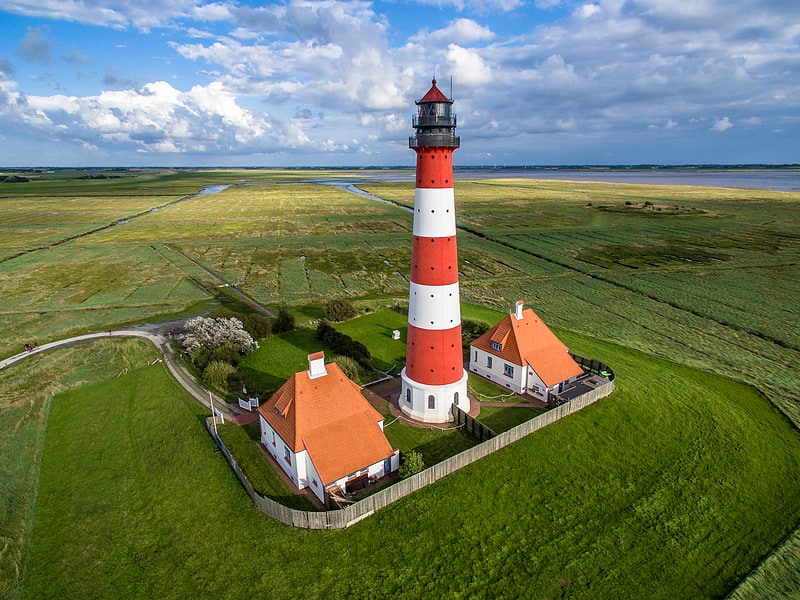
Also known as: Leuchtturm Westerheversand
Lighthouse in Germany. The Westerheversand Lighthouse is located in Westerhever, Schleswig-Holstein, Germany. Considered to be one of the best-known lighthouses in northern Germany, it was built in 1908. Its cast iron tower is 40 metres high. The lighthouse is often used for weddings, and one of the two keeper's cottages has been adapted for use by the local registrar.
The tower has been open to visitors since 2001.[1]
Address: Am Leuchtturm, 25881 Westerhever
Südfall
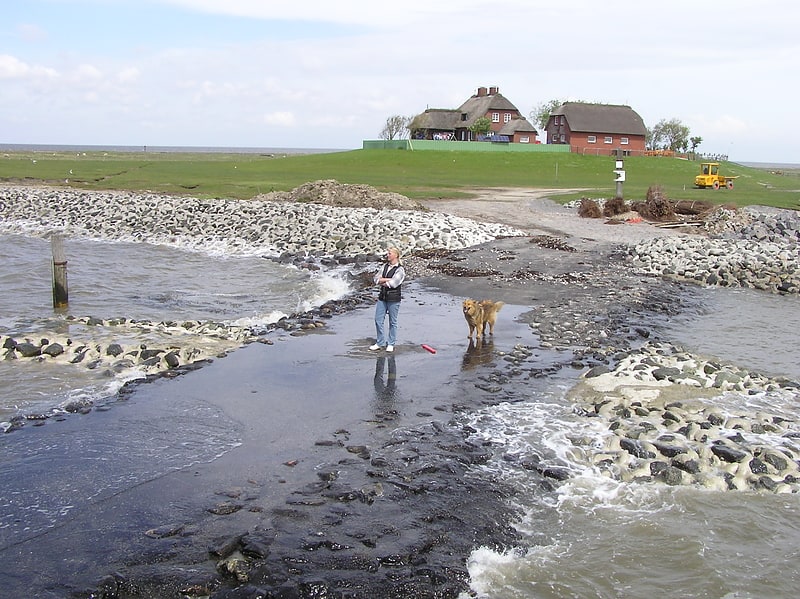
Island in Pellworm, Germany. Südfall is a small island in the Wadden Sea off the west coast of Schleswig-Holstein, Germany, one of the ten German Hallig islands. It has a permanent population of two people. It covers an area of 0.56 square kilometres and is administratively part of Pellworm Municipality.[2]
Rungholt
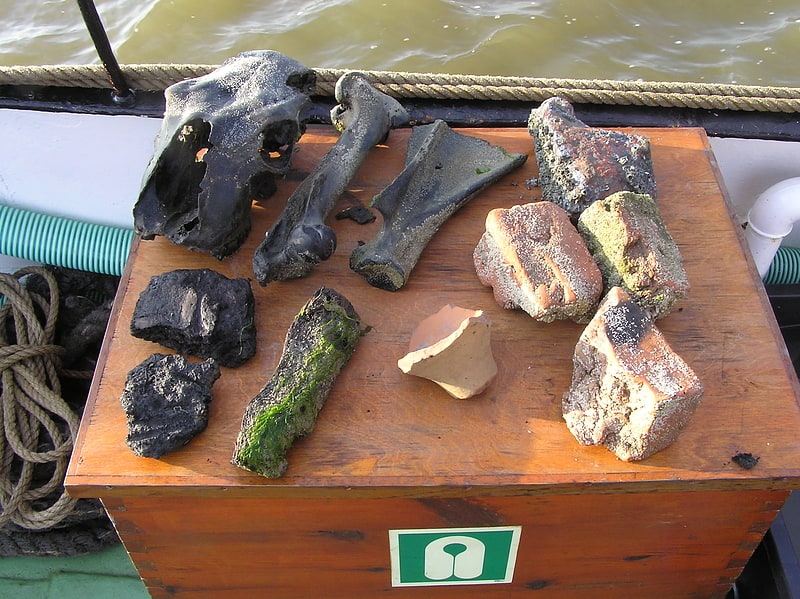
Rungholt was a settlement in North Frisia, in what was then the Danish Duchy of Schleswig. The area is today located in Germany. Rungholt reportedly sank beneath the waves of the North Sea when a storm tide hit the coast on 15 or 16 January 1362.[3]
Norderoog
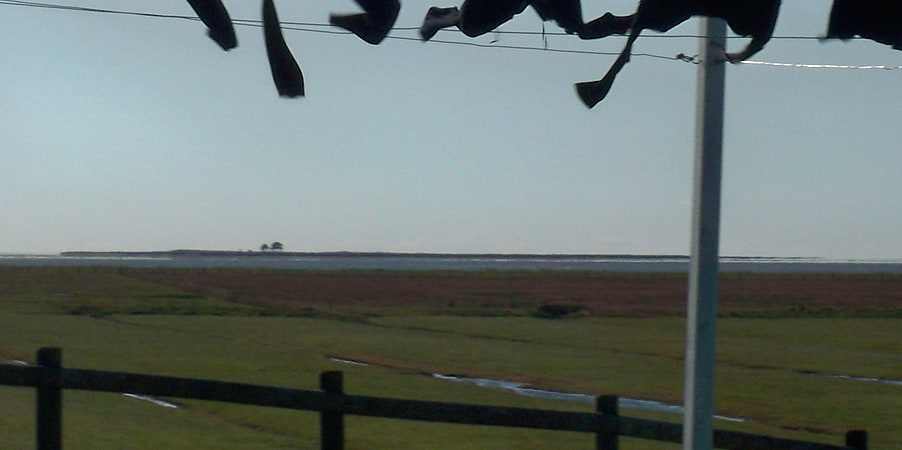
Island in Hooge, Germany. Norderoog is one of the ten German halligen islands of the North Frisian Islands in the Wadden Sea, which is part of the North Sea off the coast of Germany. A part of Hooge municipality, the island belongs to the Nordfriesland district.
It is only temporarily inhabited by a bird warden from March to October. The refuge hut at the northeastern end is called Jens Wand Hütte, which is built on stilts to protect it from flooding. A former terp had been washed away. It has been the site of several ecological studies.[4]
Wassersportcenter X-H2O
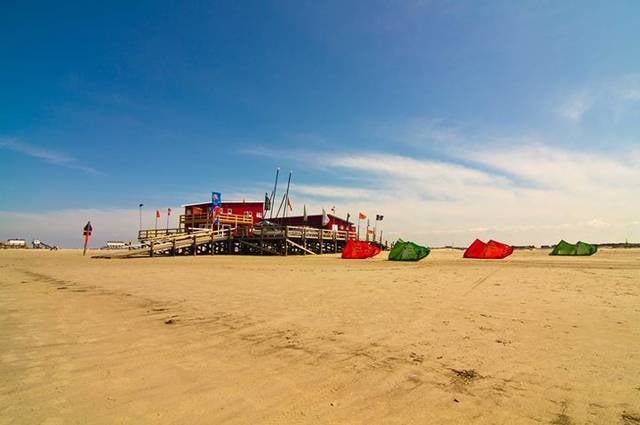
Address: Ordinger Strand, Schleswig-Holstein Wadden Sea National Park
Süderoog
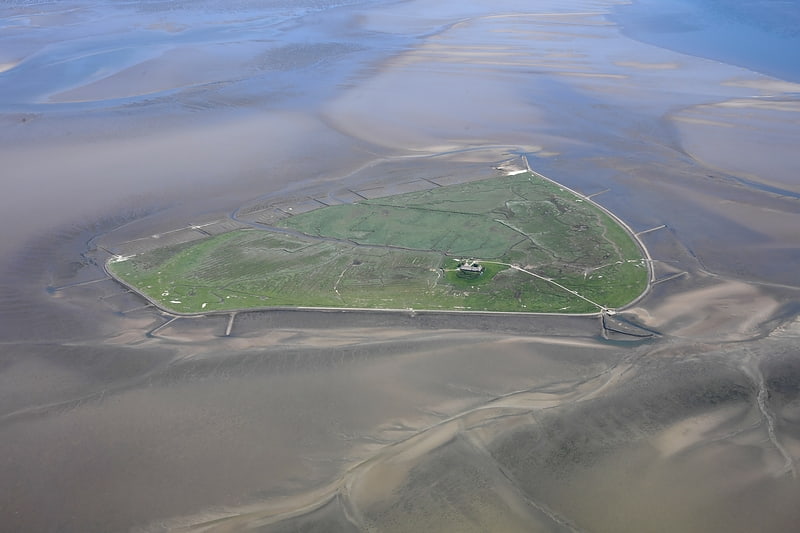
Island in Germany. Süderoog is one of the Halligen, a group of islands in the North Frisian Wadden Sea, off the west coast of Schleswig-Holstein in north Germany. It belongs administratively to the parish of Pellworm and is a bird reserve.
Before the Burchardi flood in 1634 there were three houses on the island, one of which was inhabited by the beach lookout (Strandvogt). He was also the caretaker of the beacon, which was destroyed during the storm surge of 1634. In this storm tide, two houses were destroyed and ten people were drowned. In the February flood of 1825 the last remaining house was destroyed. It was rebuilt, however, and served again as the residence of the lookout. Today the Hallig has an area of 62 hectares (150 acres) and is currently farmed organically by a husband and wife.
The most famous resident of the island was Hermann Paulsen Neuton who, from 1927 until his death in 1951, ran an international youth meeting place, the "Island of Boys." (Insel der Jungen). It was continued after his death by his wife, Gunvor, and in 1960, converted into a foundation, whose aim was "on the basis of Hermann Neuton Paulsen's work and in the interests of international understanding, to give young people from different countries the opportunity to meet on the island of Süderoog in an atmosphere of freedom borne out of responsibility, to get to know one another as friends, and to live together in ways that are to match the development of psychology and pedagogy at any time. "(§ 2 of the Foundation's Charter, Stockholm, 22 February 1960).
Difficult sanitary conditions, which could not be sufficiently improved, and damage caused by the flood of 1962 led to the gradual decline of Süderoog's holiday work. The Hallig that had been in the private ownership of the Paulsen family for centuries was finally sold in 1971 to the state of Schleswig-Holstein. In 1974 the foundation was dissolved.
Süderoog is inhabited by a couple who rent the Hallig from the state of Schleswig-Holstein. Both are active in coastal protection and look after the preservation of the island. Access to Süderoog is only possible as part of a guided tour from Pellworm.[5]
Uthörn

Island in Germany. Uthörn is a small German island adjacent to the Sylt island in the district of Nordfriesland, and as such it is Germany's northernmost isle right after Sylt proper. It belongs to the List municipality.[6]
Hallig Habel
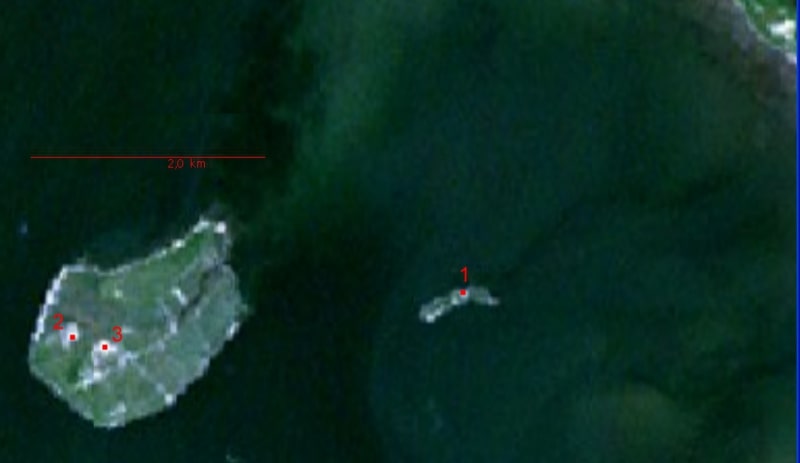
Also known as: Habel
Island in Gröde, Germany. Hallig Habel is the smallest Hallig in the German Wadden Sea, and is a bird sanctuary. It is administered by the Gröde municipality on the neighbouring island. The surface area of Habel measures 7.4 hectares with about 655 metres in length, and 100 metres width.
On this island there is an artificial dwelling hill called Norderwarft with a house that hosts an ornithological observatory during the summertime. A second hill on the southern shore, Süderwarft, was abandoned in the 19th century and was then destroyed by the sea.
Habel is located in Protection Area 1 of the Schleswig Holstein Wadden Sea National Park. The common public must therefore not enter the island. The island is owned by the state of Schleswig-Holstein and is leased by Verein Jordsand, a non-profit association for environmental protection with its seat in Ahrensburg. Habel serves as breeding and resting grounds for many species of marine birds like the brant goose and the Arctic tern.[7]
Tertius
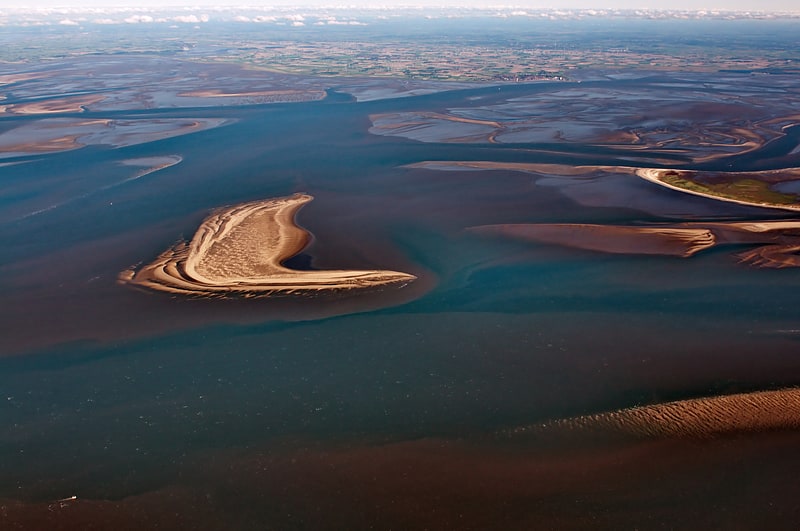
Island in Germany. Tertius is a sandbank located in the Heligoland Bight off the coast of Dithmarschen belonging to the German state of Schleswig-Holstein.
Formerly a Hochsand (a sandbank rising above the ordinary high water mark, effectively an island), Tertius has been reduced in elevation by coastal erosion in recent decades. As a result, the sandbank is frequently submerged and devoid of terrestrial vegetation. Recent satellite images show that Tertius is often even awash at low tide. Like all unprotected islands, Hochsände, and sandbanks off the west coast of Schleswig-Holstein, Tertius is migrating steadily eastwards.
Tertius lies about 10 km west of the popular tourist destination of Büsum in the Meldorf Bay, bordering the tidal channel Piep, which serves as the access waterway to the port of Büsum. To the south lies the island of Trischen, and to the northeast lies the Hochsand of Blauort. According to the Schleswig-Holstein National Park Office in Tönning, Tertius, like Blauort, belongs to the parish of Hedwigenkoog in the district of Dithmarschen. However, the state government of Schleswig-Holstein has not yet officially confirmed and authorised this, so the sandbank technically remains an unorganised location.
Tertius, when not submerged, provides a resting ground for seabirds and seals. Sightseeing tours are sometimes organised from Büsum to observe these animals. Though the sandbank is not part of the highly protected Zone 1 of the Schleswig-Holstein Wadden Sea National Park, public access to Tertius is subject to restrictions.
The only man-made structure on the island is a daymark, which serves as an optical navigational aid for ships.[8]